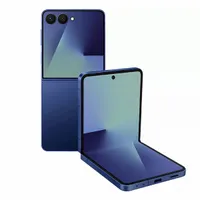Samsung Galaxy Z Flip 7: 5 reasons to buy (and 3 reasons to skip)
Keep these factors in mind when shopping for the latest Galaxy Z Flip model
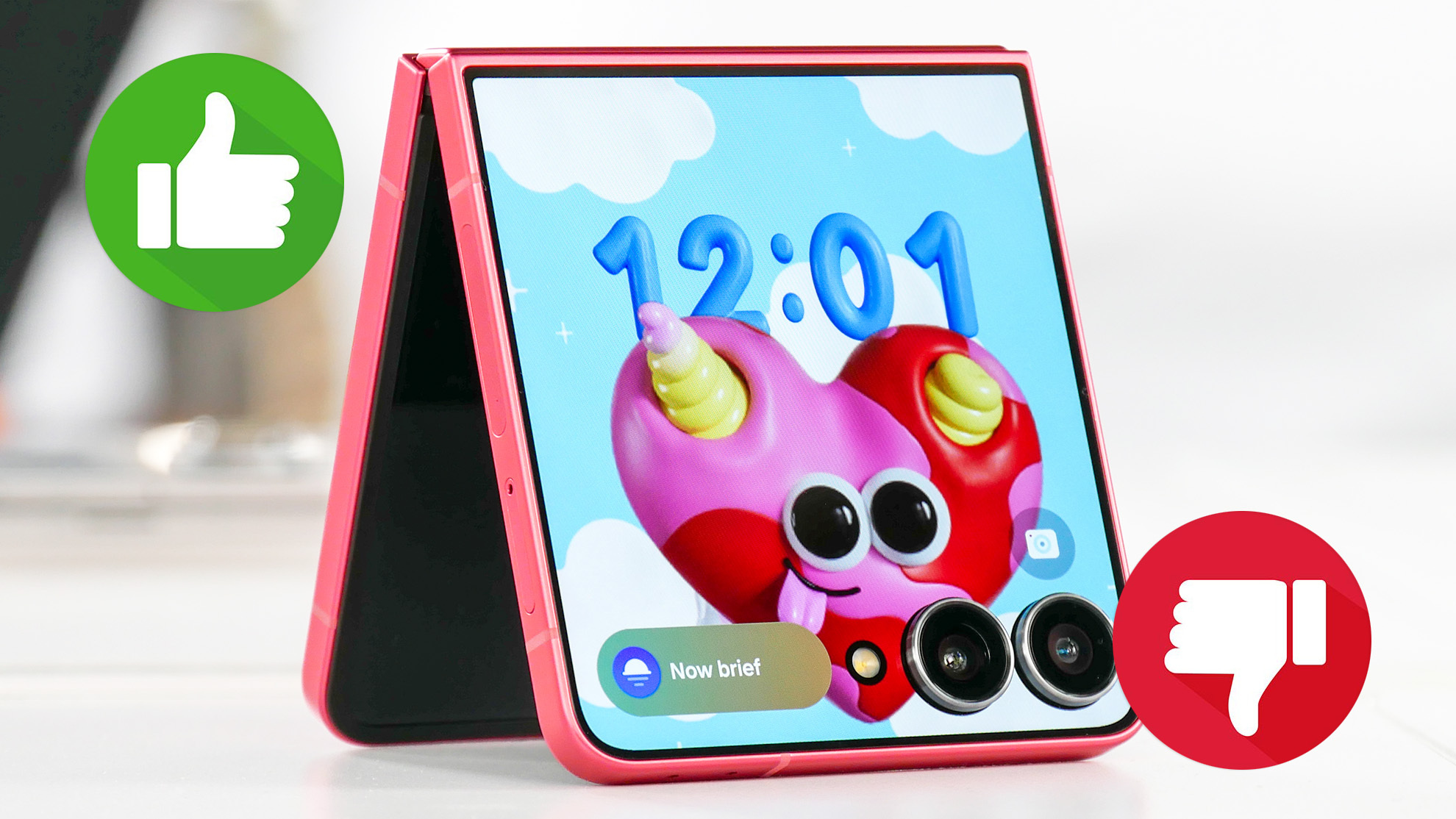
After Motorola released a trio of foldable flip phones earlier this year, Samsung is firing back with two new models of its own, highlighted by the Galaxy Z Flip 7.
The latest version of Samsung's modernized take on the flip phones of a generation ago introduces a number of changes from previous models, as Samsung looks to re-establish itself as the device maker to turn to for the best foldable phones.
And the new flip phone makes a pretty compelling case if our Galaxy Z Flip 7 hands-on is anything to go by. Along with some design changes that particularly boost the displays on the new model, the Galaxy Z Flip 7 sees software changes that deliver a more useful flip phone overall.
Still, whether you've got an earlier version of the Galaxy Z Flip or are just trying to decide if you should finally give foldable phones to try, we've spotted some very good reasons in our initial testing to give the Galaxy Z Flip 7 a miss.
With Galaxy Z Flip 7 preorders underway in advance of the phone's July 25 release, here are the reasons you may wind up buying the Galaxy Z Flip 7 along with reasons to pass up the chance to get this particular phone.
Galaxy Z Flip 7: Reasons to buy
Larger screens
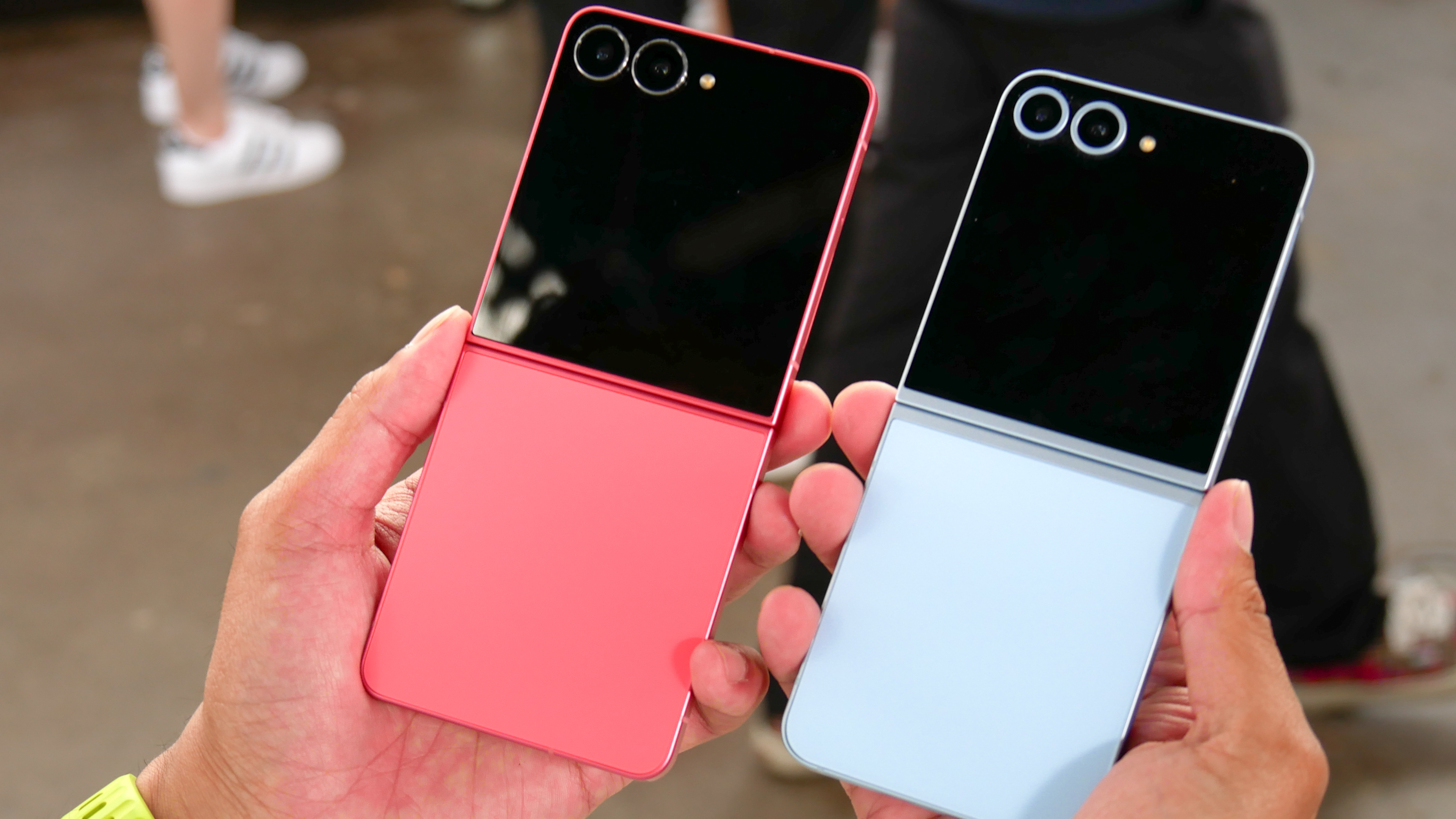
The last version of Samsung's flip phone, the Galaxy Z Flip 6, made no changes to either of its displays, delivering a 6.7-inch main panel augmented by a 3.4-inch screen on the outside of the phone.
That's a stark contrast to Motorola models like the Razr Plus and the Motorola Razr Ultra, both of which have 4-inch cover displays. The interior screens are larger, too, at 6.9 inches and 7 inches, respectively.
Get instant access to breaking news, the hottest reviews, great deals and helpful tips.
It's safe to say that the Galaxy Z Flip 7 attempts to catch up with the latest Razrs when it comes to display size. The interior panel on the Galaxy Z Flip 7 now reaches 6.9 inches while the outer Flex Window stretches to 4.1 inches.
It's not just size that makes the Z Flip 7 more usable than its predecessors. Samsung extends that Flex Window all the way to the edge of the phone, even wrapping it around the outer cameras to free up more space for you. And that interior screen delivers some nice viewing angles with vivid colors.
Bigger battery
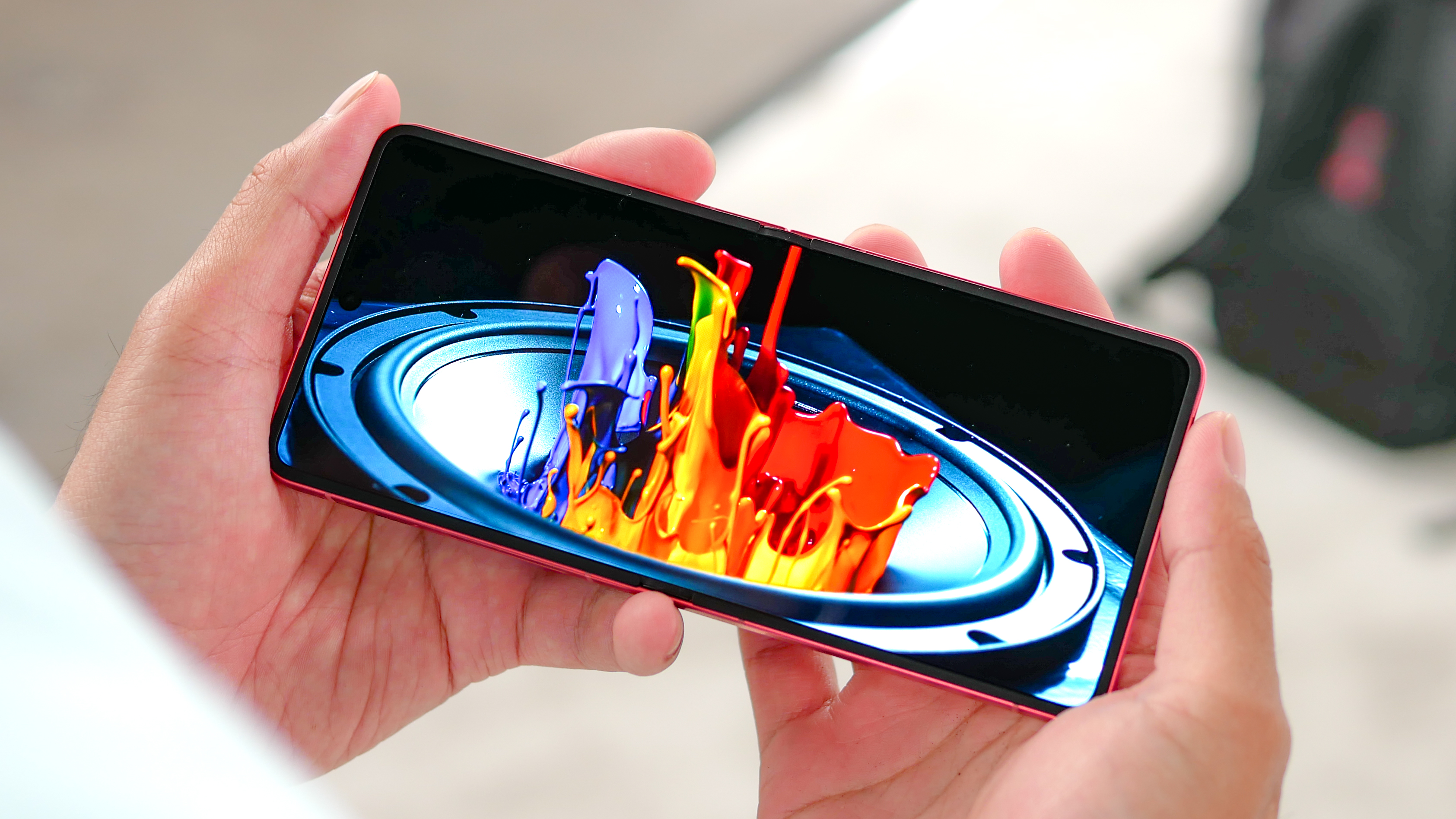
Samsung's foldables have struggled to last a long time on a charge. The Galaxy Z Flip 6 endured for a bit more than 11 hours on our battery test, which is only a little bit ahead of the average time posted by smartphones.
Can the Galaxy Z Flip 7 improve on that performance? We won't know until we finish testing the new phone. But Samsung has at least set itself up for success for increasing the size of the battery in the new model.
The Galaxy Z Flip 7 offers a 4,300 mAh power pack, a modest increase from the 4,000 mAh battery that the Galaxy Z Flip 6 used. It may not be a big gain, but every little improvement helps when it comes to eking out more time between charges.
AI for foldable phones
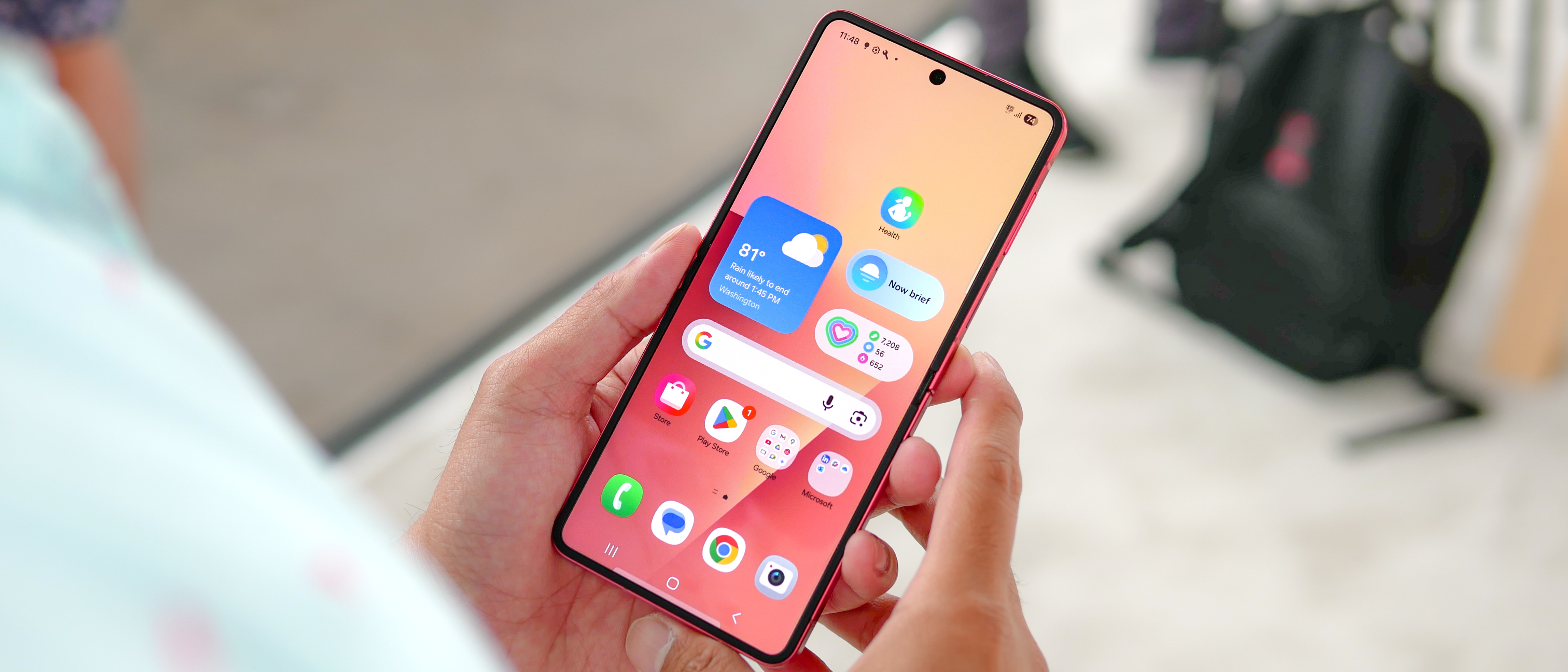
Samsung isn't slowly down its Galaxy AI push, and the Galaxy Z Flip 7 is one of the big beneficiaries. Features like the Now Brief and Now Bar added with the Galaxy S25 release earlier this year are included with Samsung's latest foldable phones — with Now Bar updates even appear on the Z Flip 7's outer screen.
The real boost comes from support for multimodal AI, where the Gemini assistant on board the Galaxy Z Flip 7 can use the phone's cameras to see what you're seeing — and then provide information about what it observes.
My colleague John Velasco has only had a little hands-on time to test this particular feature so far, but the way he describes it certainly feels like the future.
At last, support for DeX
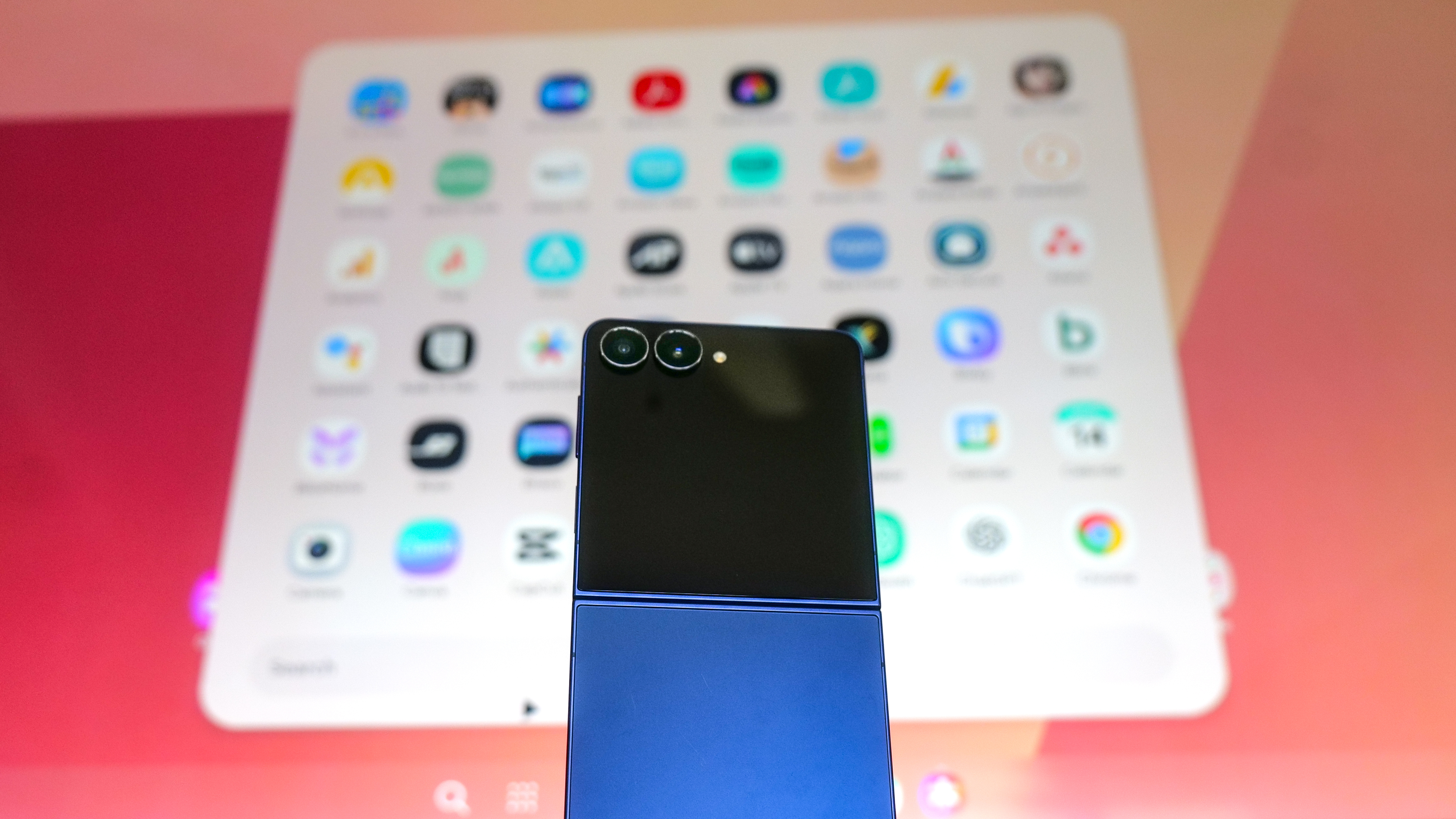
Samsung DeX is a hidden weapon on many of the best Samsung phones where you can plug your phone into a display and use it as a makeshift desktop computer. But it's also a feature that hasn't been available to Galaxy Z Flip owners — until the arrival of the Z Flip 7.
DeX support has been one of the most requested features by many of my Tom's Guide colleagues, especially John Velasco. He's had a chance to try out DeX on the Galaxy Z Flip 7, and while it's not without its issues — DeX hasn't been refined for the Flip — the arrival of a long-missing feature should be celebrated.
No pricing changes
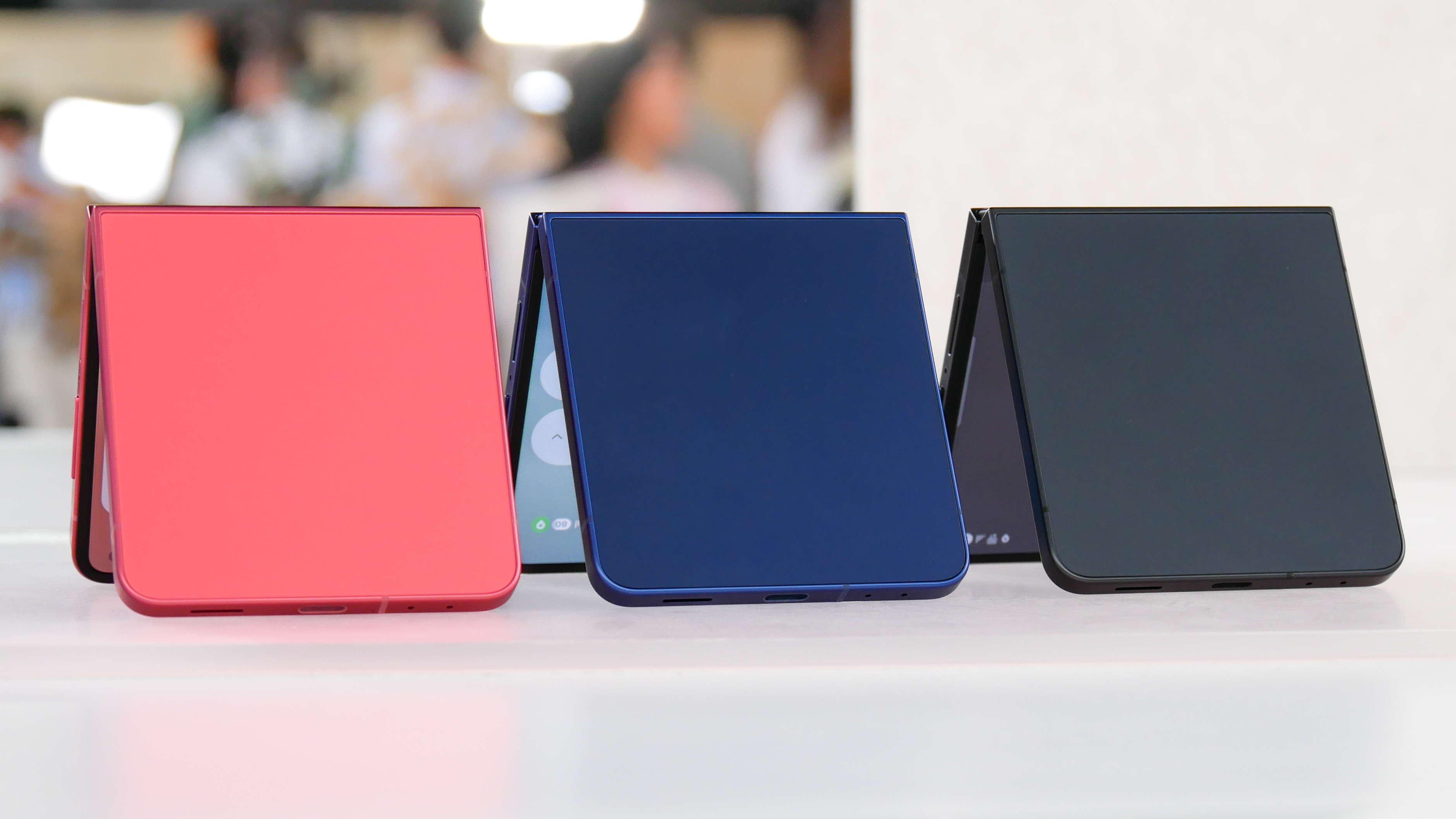
We live in a world where a Galaxy Z Fold 7 now costs $1,999 — a $100 price hike from the previous model. So any time Samsung holds the line on pricing, we're going to breathe a sigh of relief. And that's the case with the Galaxy Z Flip 7, which starts at the same $1,099 price as the Galaxy Z Flip 6 before it.
Would we have preferred to see a price cut back down to the $999 cost of the Galaxy Z Flip 5? Sure, but you could argue that's the point of the $899 Galaxy Z Flip FE 7, which scales back on some of the Z Flip 7's features to offer that lower price.
The point is that prices may be on the rise everywhere, but at least that doesn't apply to Samsung's new flip phones.
Galaxy Z Flip 7 preorder: up to $770 off w/ trade-in @ Samsung
Samsung is knocking up to $770 off Galaxy Z Flip 7 preorders when you trade-in an older phone. Additionally, you'll get a free storage upgrade with your preorder. The phone features a 6.9-inch AMOLED (2520 x 1080) inner display w/ 120Hz refresh, 4.1-inch AMOLED (948 x 1048) outer display w/ 120Hz refresh, Exynos 2500 CPU, 12GB of RAM, and 256GB of storage. You also get 50MP f/1.8 main and 12MP f/2.2 ultra-wide rear cameras and a 10MP f2.2 selfie cam.
Galaxy Z Flip 7: Reasons to skip
Some key specs remain the same
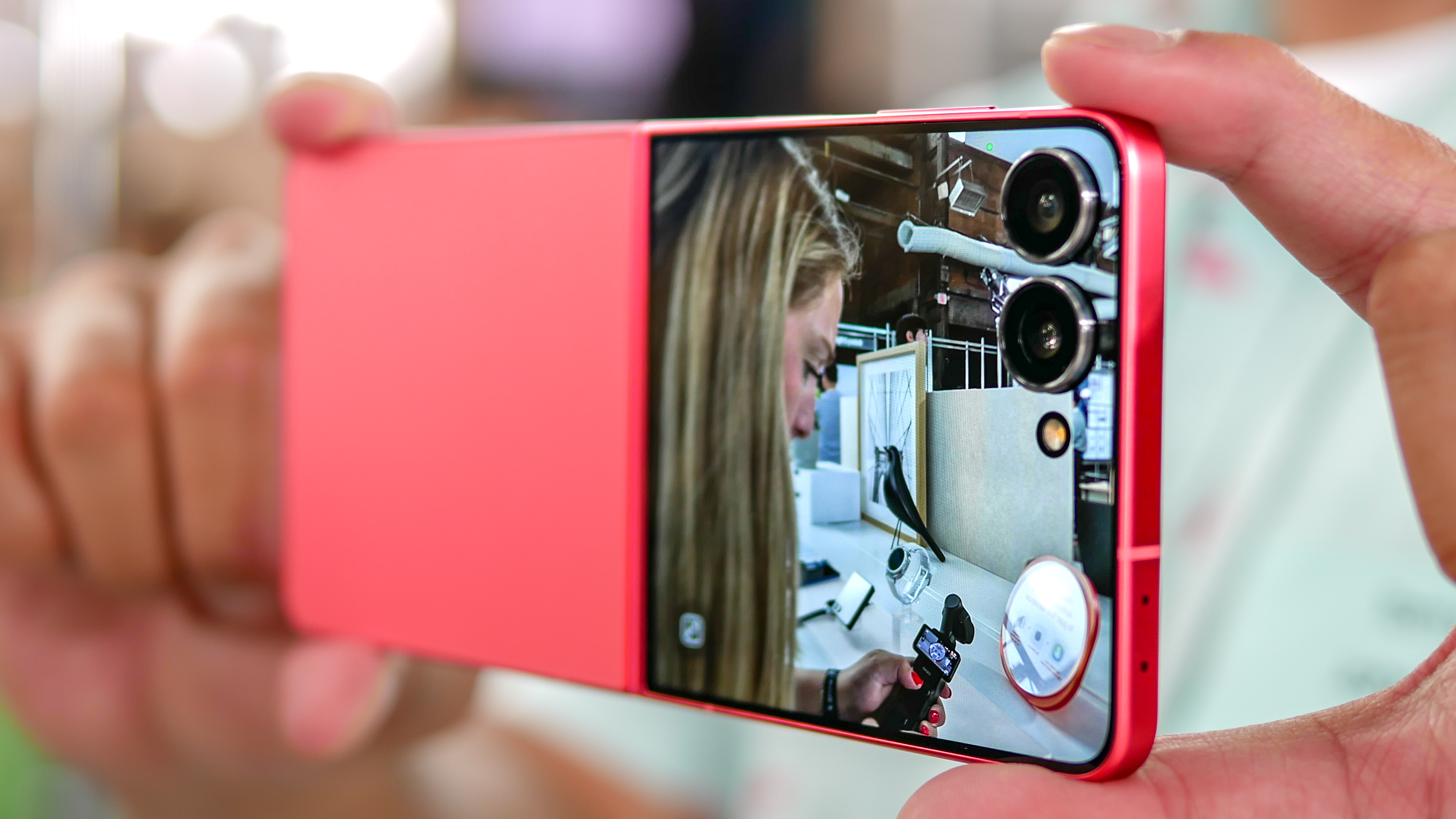
If you own a recent Galaxy Z Flip model, you probably can get by without an upgrade to the latest version unless the allure of larger screens proves too great to ignore. In other areas, the Galaxy Z Flip 7 shares a lot in common with its predecessors.
Take the camera hardware, which is unchanged from the 50MP main shooter and 12MP ultrawide lens on the Galaxy Z Flip 6.
That's not necessarily a bad thing, as the Z Flip 6 has been the best camera phone among foldables, but Samsung is clearly relying on its ProVisual Engine photo-processing to boost camera performance with the Z Flip 7.
Likewise, Samsung hasn't changed charging speeds for the Galaxy Z Flip 7. You'll still get the 25W wired charging Samsung has offered since the Galaxy Z Flip 4.
Exynos and not Snapdragon
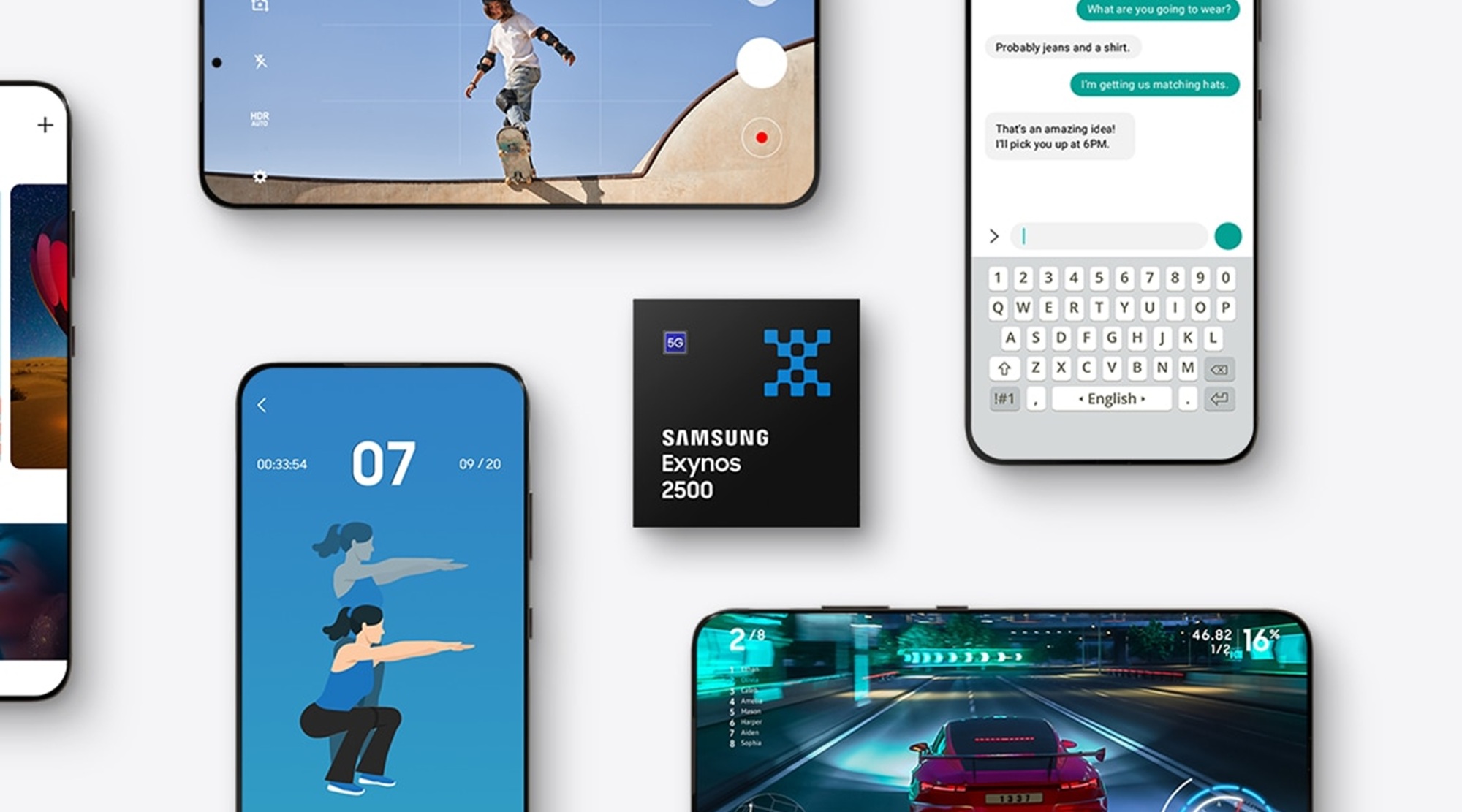
Unlike the Galaxy Z Fold 7, which will benefit from the processing power of Qualcomm's impressive Snapdragon 8 Elite system-on-chip, the Galaxy Z Flip 7 is turning to Samsung's own Exynos 2500 silicon.
And while we'll need to run benchmark tests on the flip phone to see what that means for performance, it's safe to assume that the Exynos 2500 isn't going to be able to keep pace.
Samsung's Exynos chips tend not to match the CPU and GPU performance numbers that top-of-the-line Snapdragon silicon posts in benchmarking. You can argue that may not matter in terms of real-world performance, but it's still a compromise you'd be making with the Galaxy Z Flip 7. And it's a particularly notable compromise since past Flip models have used Snapdragon chips.
No support for apps on the Flex Window — still
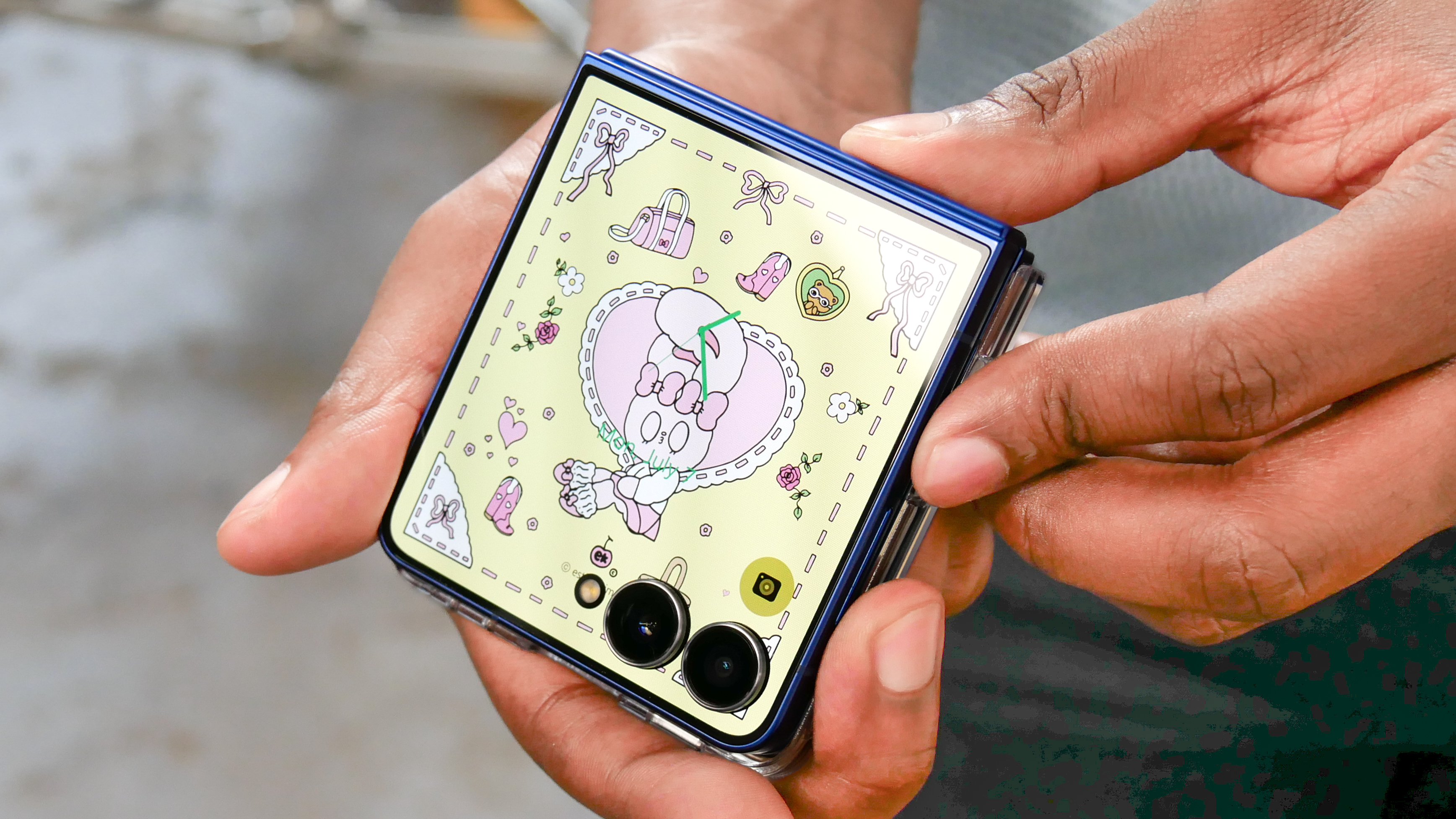
One of our favorite things about Motorola's Razr lineup is the ability to run apps on the cover displays of those phones. That's not something you can necessarily do on the Galaxy Z Flip 7, not even with the larger 4.1-inch panel on the phone's exterior.
While some apps have been optimized for the Galaxy Z Flip 7's Flex Window, if you want to run apps natively, you'll need to download the Good Lock app. While that's a proven workaround, it feels like an unnecessary inconvenience, especially when a Z Flip rival shows just how easily native app support can be implemented.
Galaxy Z Flip 7 outlook
We'll have our full review of the Galaxy Z Flip 7 out soon, along with our definitive buying advice for the latest foldable flip phone from Samsung. But from what we've seen so far from this phone, its biggest strengths are the larger displays and new features, particularly when it comes to AI.
The biggest reason to pass up the new phone boils down to how much it really improves upon older models — and from a camera and performance standpoint, the gains could be minimal.
More from Tom's Guide
- Galaxy Z Fold 7 selfie cam tested — how it compares to the Galaxy Z Fold 6
- The Galaxy Z Flip 7 is here — and I really don’t know if I like it or not
- Galaxy Z Fold 7 and Flip 7 product manager talks new designs, more AI — and that missing S Pen
Philip Michaels is a Managing Editor at Tom's Guide. He's been covering personal technology since 1999 and was in the building when Steve Jobs showed off the iPhone for the first time. He's been evaluating smartphones since that first iPhone debuted in 2007, and he's been following phone carriers and smartphone plans since 2015. He has strong opinions about Apple, the Oakland Athletics, old movies and proper butchery techniques. Follow him at @PhilipMichaels.
You must confirm your public display name before commenting
Please logout and then login again, you will then be prompted to enter your display name.
